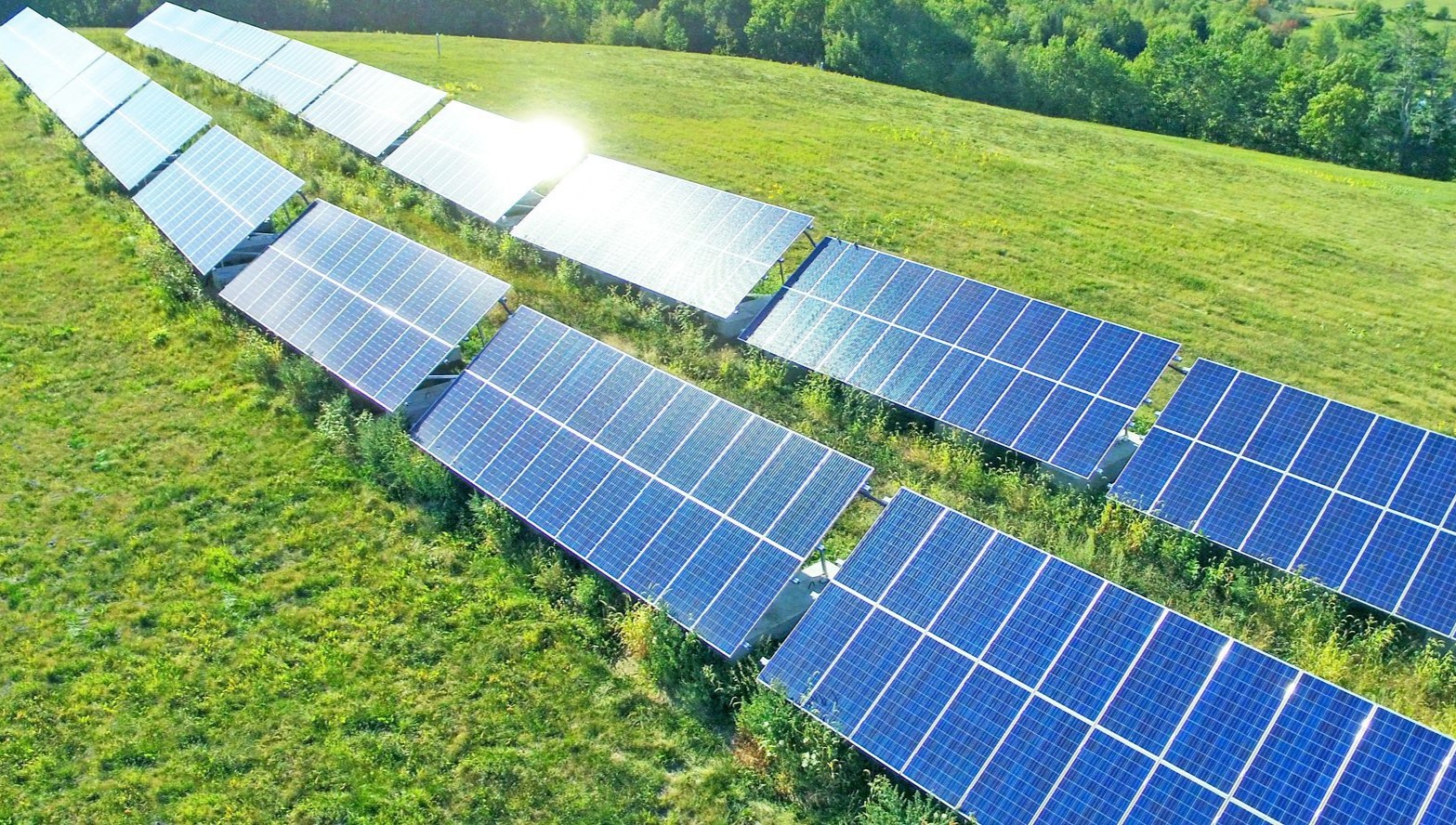A 2023 change in Maine law means that two of four Nexamp solar farm projects in Washington County will lose over half of their generating capacity when online.
Nexamp Communications Manager Keith Hevenor explained the company is continuing to work within the new framework and will try to modify those projects affected by the change in the net energy billing (NEB) law that now limits megawatt (MW) production for the farms in question to 1 MW or less.
Originally the projects in Lubec and Eastport were expected to produce 2.7 MW each, or enough power each to serve about 450-500 average single-family homes.
Nexamp, a community solar energy company, has 25 operational solar farms in Maine with dozens more in the works. The four ongoing solar farm projects in Washington County are located in Cutler, Eastport, Lubec and Pembroke.
The change in law does not impact the Cutler and Pembroke projects, which are further along in their development than the Eastport and Lubec projects. The Cutler farm is expected to produce 2.5 MW, and the Pembroke farm should produce 4.3 MW.
“Both are close to going online in the next few months,” Hevenor said. In February, the Town of Cutler enacted a 180-day moratorium on permit applications for solar and wind farms, cell towers and subdivisions, but the Nexamp project, because it was already permitted, will continue as planned.
Because of the change in NEB law, “most projects will need to be 1 MW or smaller,” said Henry Barrett, the Nexamp business development manager for New England. The Lubec and Eastport projects, because they were not as far along as the other two, now fall into this smaller category.
In addition, Nexamp is awaiting the results of the Versant Power cluster studies, which examine transmission systems and the capacity of the power grid to take on additional energy as required by ISONew England. Barrett noted the studies have not been completed yet, but he heard they should have the results by the end of April.
“We’re still committed to advancing the projects in Maine,” Barrett added. The projects will be smaller and will not benefit from economies of scale to the same degree. However, Hevenor noted “the 15% fixed discount remains for all current and future projects at this time” that Nexamp customers receive as credits on the supply-side of their electric bill.
The change in law was a surprise and a disappointment, said Hevenor.
“We were part of the working group that made recommendations for LD 1986 and then provided public support as it was being considered. At the time, it was intended to provide the next phase of the NEB program in Maine, providing a similar structure to what had already existed. When LD 1986 was finally voted on and passed, most of the content we expected had been stripped out, which was disappointing to us.”
Public testimony on the original bill language was largely in favor, including support from a number of renewable energy companies, tribal entities, the governor’s energy office and individuals. Versant Power and Central Maine Power were opposed.
James Cote, a lobbyist for Versant, wrote, “Given Maine’s electricity sector has been restructured to separate generation from delivery, and given NEB is a duly enacted state policy that utilities are charged with implementing, utilities should not incur costs associated with the generation of electricity and the implementation of this program. Section 3 would manipulate the electric bills of Maine customers based on subjective values and not the core delivery of electricity service as required by law.”
Rebecca Schultz, Natural Resources Council of Maine senior advocate for climate and clean energy, wrote, “This bill puts in place a cost-effective successor program for distributed generation, directs the Governor’s Energy Office (GEO) to pursue federal funding to focus the benefits of solar on low and moderate income Mainers, and directs the Public Utilities Commission (PUC) to properly account for both costs and benefits of these small and medium-sized solar projects.”
Hevenor said, “We will continue to develop future projects in Maine under the new structure and will work to make them financially viable at the 1 MW limit. We are committed to bringing the benefits of solar to communities and residents in Maine and ensuring that the program remains accessible and easy for residents,” said Hevenor.
“This is part of our mission as we build, own and operate solar farms across the country. We also will continue to actively engage with Maine legislators as they consider any future modifications to Maine’s NEB program,” he said.







